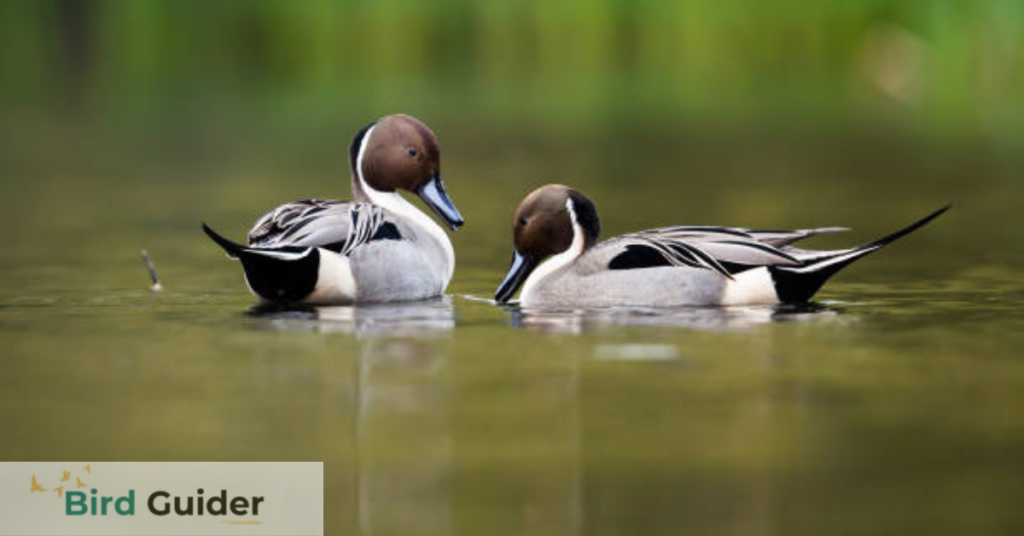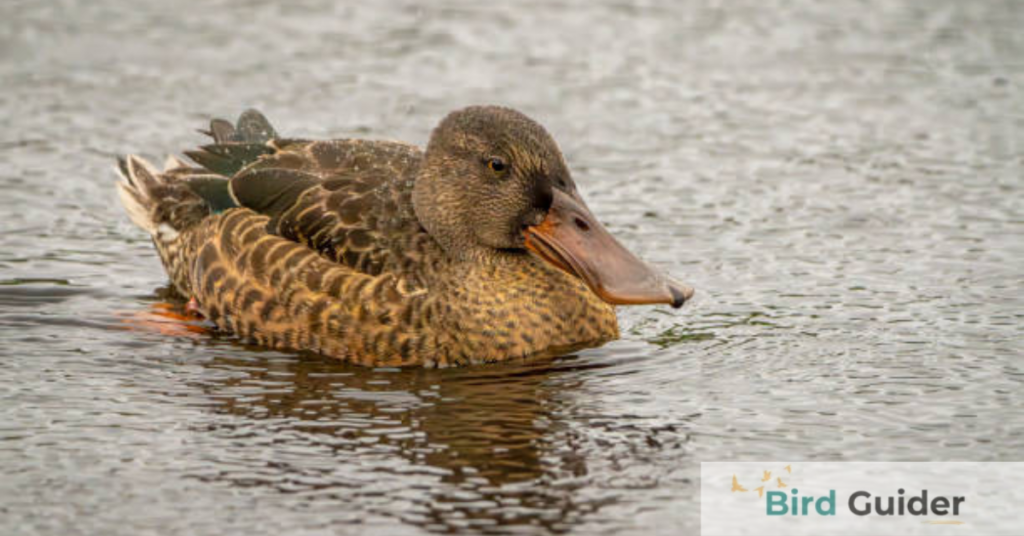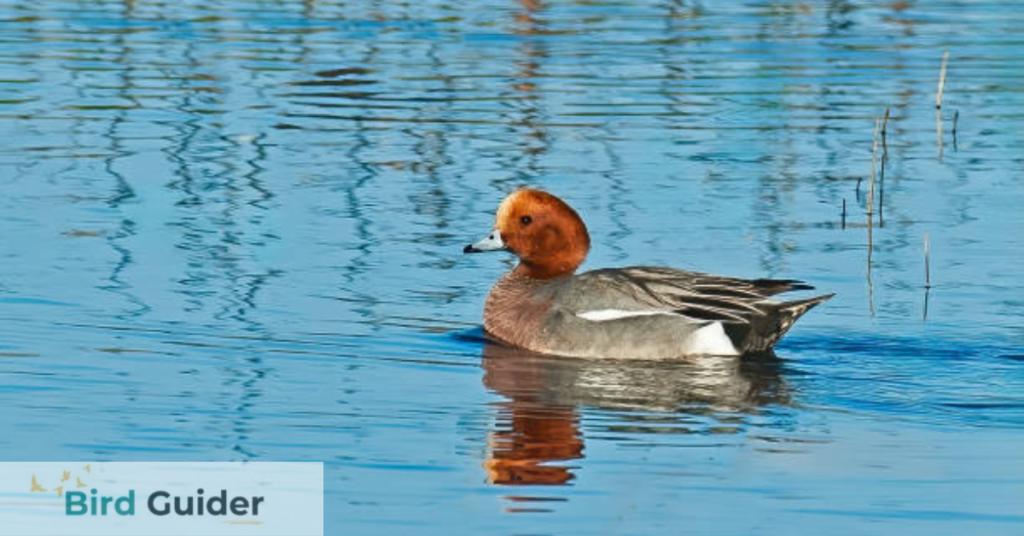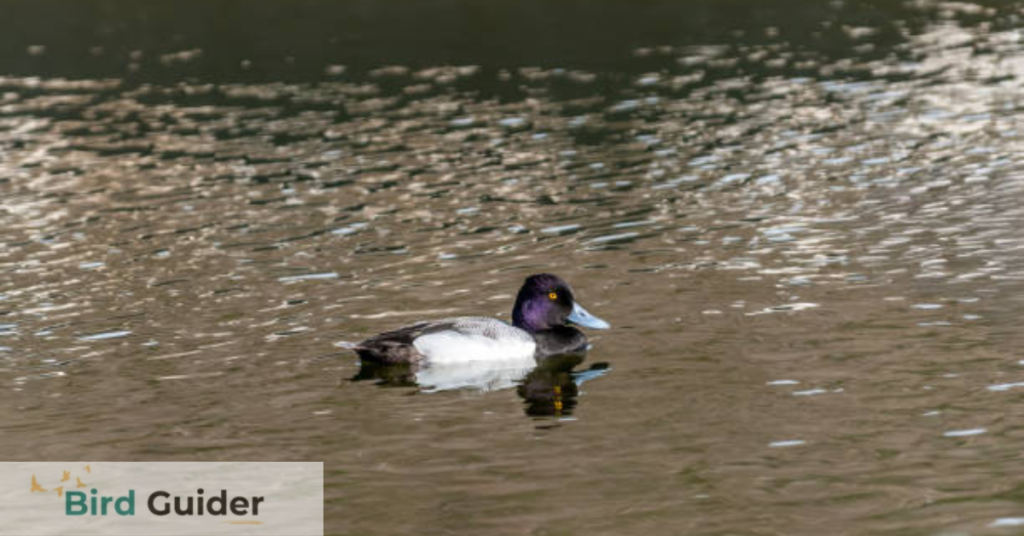Hawaii’s unique ducks boost biodiversity and attract birdwatchers in addition to regular beach tourists. These ducks, including migratory ones, play an important role in local ecosystems. The article highlights 9 amazing types of ducks in Hawaii, their beauty, and the need for conservation due to environmental threats. Learn why it is important to protect these delightful birds in Hawaii.
Hawaiian Duck

The Hawaiian Duck, or “Koloa Maoli“, is a medium-sized waterbird with dark brown feathers. It weighs 2 to 3 pounds and measures 20 to 24 inches long, with a short wingspan of about two feet. Koloa live mainly in Hawaii’s wetlands and freshwater ponds, preferring quiet marshes with thick plants.
Also: 7 Types of Woodpeckers in Tennessee.
Mallard

The Mallard has a bright green head and a gray body. Males can grow 26 to 32 inches long and have wingspans up to three feet. They adapt well to different environments, from city parks to rural wetlands, and are known for their distinct quacks and beautiful female feathers.
Also: 26 White Birds In Michigan
Northern Pintail

Another interesting duck is the Northern Pintail, which has a long neck and slender body, reaching up to 30 inches. Males have brown heads and white necks, with wingspans of 2.5 to 3.5 feet. They glide gracefully over Oahu’s waters, and their synchronized mating displays make them stand out in Hawaii.
Northern Shoveler

The Northern Shoveler is easy to recognize because of its spoon shaped bill and bright colors. Males have a green head and white chest, while females are brown to blend in. This medium sized duck is 18 to 21 inches long and has a wingspan of 34 to 37 inches. It is mainly found in Hawaii’s freshwater wetlands during migration.
American Wigeon

The American Wigeon is similar in size to northern shoveler and has grayish feathers. Males have a cream crown, while females are browner. They measure 17 to 22 inches long and have a wingspan of 30 to 35 inches.
Eurasian Wigeon

The Eurasian Wigeon is slightly larger than the above two, with a rusty orange head. It migrates to Hawaii in winter, adding to local wildlife. This duck ranges from 18 to 24 inches in length and has a wingspan of up to 38 inches.
Fulvous Whistling Duck

The Fulvous Whistling Duck has a chestnut brown body, yellowish breast, and distinct facial markings. Their facial markings are both subtle and striking. They have a dark crown that stands out against their lighter cheeks. It is usually 20 to 22 inches long and lives in shallow wetlands in Hawaii, often in small groups.
Laysan Teal

The Laysan Teal is one of the rarest ducks, measuring 15 to 18 inches with a wingspan of around 30 inches. It has deep green and brown feathers. Once nearly extinct, it now thrives in quiet ponds, especially on Midway Atoll.
Lesser Scaup

The Lesser Scaup is 14 to 16 inches long with a wingspan close to 29 inches, with a black head and white body that looks stunning during mating season. These adaptable ducks live in freshwater lakes and attract birdwatchers in Hawaii.
Also: 4 Types Of Magnificent Falcons in Michigan
Conclusion
Hawaii’s special ducks add to biodiversity and draw birdwatchers. Nine species show their beauty and importance to the ecosystem. However, environmental threats make it important to focus on conservation to protect these birds and their homes. Raising awareness and supporting initiatives is key to saving Hawaii’s birdlife. We must act now to keep Hawaii’s natural world in balance. Every effort matters for future generations to enjoy these amazing ducks.
FAQs
What kind of ducks live in Hawaii?
The primary native duck is the Hawaiian Duck (Anas wyvilliana), also known as the Koloa.
How many Hawaiian ducks are left?
The Hawaiian Duck population is estimated to be around 1,000 to 2,000 individuals, but this number can vary.
How many types of birds are in Hawaii?
The list contains 337 species. Of them, 64 are or were endemic to the islands, 130 are vagrants and 52 were introduced by humans.
What is the most common type of duck?
The mallard, Anas platyrhynchos, is a medium to large dabbling duck and is the most abundant duck species in North America.


